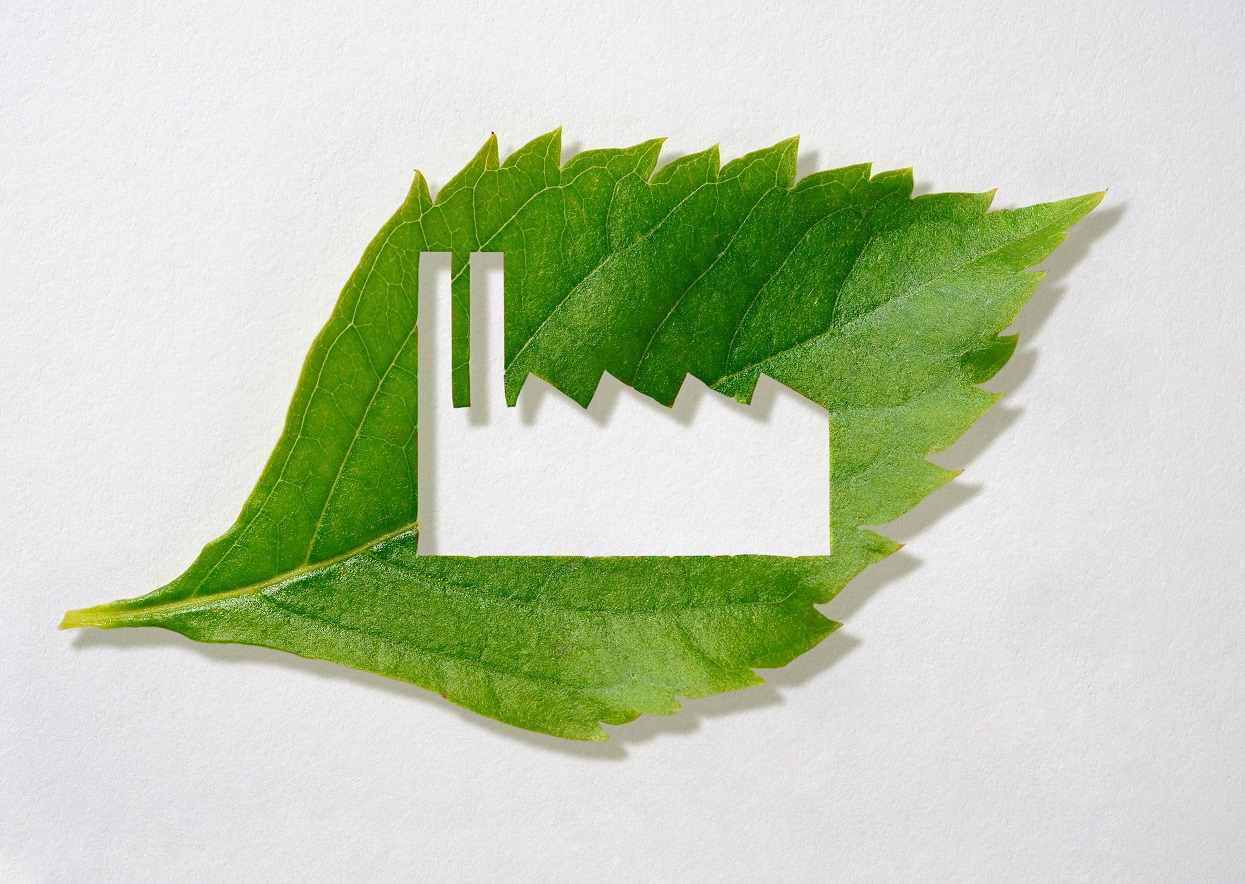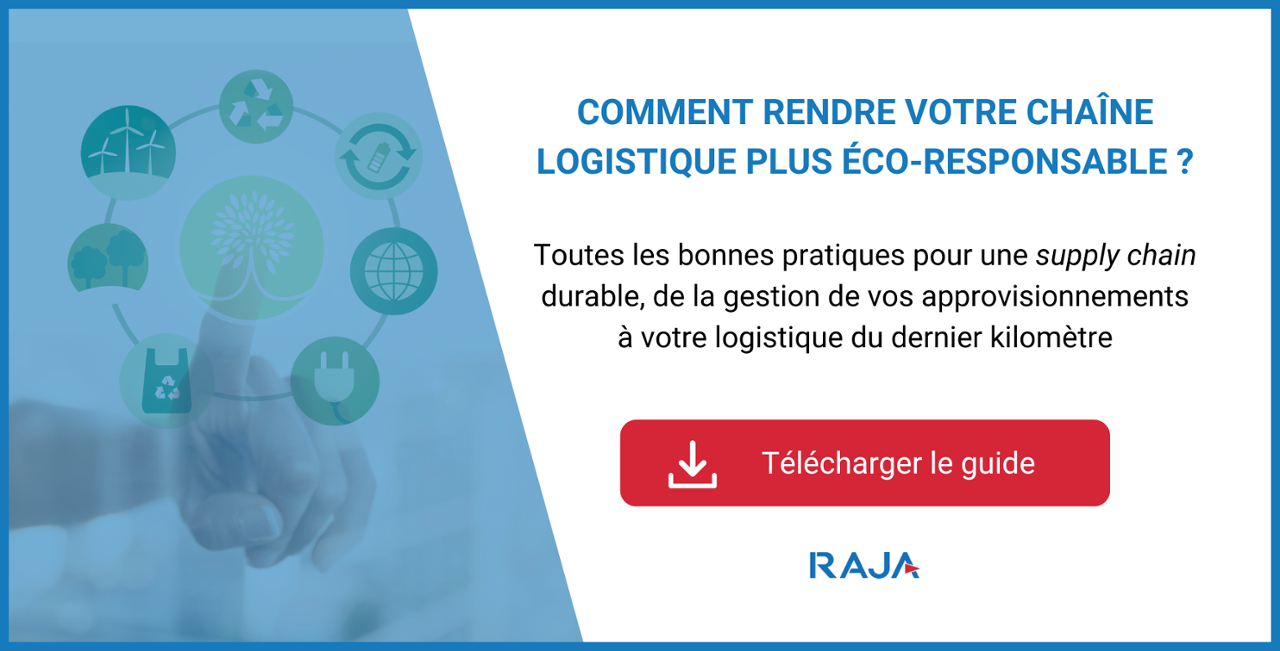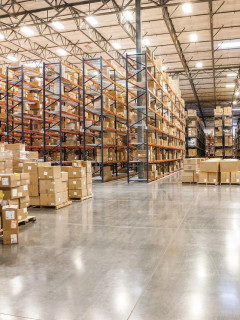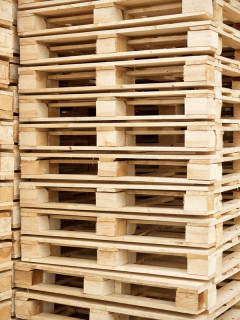As a logistician, one issue has probably been on your mind for some time now: respect for the environment. But how can you do this without compromising the productivity of your logistics activities?Eco-responsibility has become a major concern, both for consumers (your end customers!) and for companies themselves. Driven both by legislation on the subject and by an ever-increasing ecological urgency, everyone needs to find eco-responsible practices to apply on a daily basis. Find out about 10 of them in this article, which are simple to deploy in all phases of your supply chain.
4 keys to creating a more environmentally-friendly warehouse
Do you want to move towards a warehouse that is oriented towards sustainable development and respect for the environment? Implement the following 4 easy-to-use eco-friendly practices: – Establish a waste management system
implement a waste management system in the warehouse
Reducing the ecological footprint of your warehouse also means ensuring that the waste produced there finds an appropriate end of life. To do this, you need to implement a sorting and recovery system for the 5 most common waste streams, which are paper and cardboard, metal, plastic, glass and wood. The whole process takes place in 3 key phases
- An analysis of your needs in terms of waste collection, the objective being to find the volume of waste produced daily in each of the 5 streams.
- The choice of the right service providers to treat and recycle your waste.
- Installation of containers and bins adapted to each of the 5 flows, as well as explicit signage on the subject in the warehouse.
if you want to know more about this topic, visit our guide to improving waste management in the warehouse.
Train your operators to be more environmentally responsible
It’s good to design your warehouse in an environmentally responsible way; it’s even better to train your operators to work towards protecting the environment in their workspace! So take the time to
- Train your teams in selective sorting
- Providethem with reusable dishes, to avoid them having to use single-use dishes
- Install water fountains in the warehouse, to limit the use of plastic bottles..
chaque petit geste compte en matière de protection environnementale !
3 pratiques éco-responsables liées à l’utilisation de vos emballages
C’est un un fait : la phase d’emballage est l’un des moments de la supply chain où le gaspillage, la sur-utilisation de ressources naturelles et la pollution sont importants. Vous souhaitez mettre en place une stratégie d’emballage qui s’inscrit dans votre démarche RSE ? Voici 3 conseils-clés :
Utiliser des emballages réutilisables
Vous le savez sans doute : la tendance écologique du moment, c’est bel et bien la fin de l’emballage à usage unique. Tandis que chez les particuliers, cette tendance invite à consommer en vrac, pour les entreprises, il s’agit surtout de choisir des emballages réutilisables.
Vous pouvez aussi bien opter pour des emballages réutilisables pour vos pratiques externes (pour envoyer vos colis à vos clients) que pour vos pratiques internes de stockage et de manutention.
Par exemple, pensez
- The Hipli package, in the form of a pouch or box, which can be reused up to 100 times for e-commerce shipments
- Round trip packaging, designed to protect your goods during shipment, but also during customer returns
- Plastic stacking bins, to replace the cardboard boxes in which you store your products
- Plastic pallets instead of woodenones , which are more durable
want to know more? Find out everything you need to know about reusable packaging here.
Opting for biobased packaging
Are you familiar with the principle of biobased packaging? This is packaging made from renewable materials on a human scale. In this sense, it is the opposite of packaging made from non-renewable fossil fuels, such as petroleum-based plastics. There are currently a number of biobased materials available that can help you limit the environmental impact of your supply chain. Consider, for example, packaging made from
- Corn, potato, wheat, rice or cassavastarch
- Sugar from sugar cane or sugar beet
- Cellulose from cotton or wood
they are just as resistant and valuable for your products, and allow you to work for the preservation of the environment! Discover now the 7 questions to ask yourself about biobased packaging.
Correctly indicating the recyclable nature of your packaging
Recyclable packaging is probably the packaging most used by companies today to boost their eco-responsibility. Nowadays, cardboard, paper and even plastic can be recycled: it is therefore important to choose your packaging according to its recyclability. But also make sure that the sorting and end-of-life instructions are indicated on the packaging, via the appropriate labels and logos. To discover these essential eco-responsible labels, go to our article dedicated to the subject!
3 tips for a less polluting transport strategy
The last point on which you can apply good environmental practices to your supply chain
- Deliveries by hybrid or even fully electric vans
- Deliveries by trucks running on CNG or Bio Gas
- Deliveries by bicycle couriers
- Deliveries by couriers in cargo-cycles
- Collaborative deliveries
- Deliveries using automatic lockers
and to go further, check out our Top 5 green delivery solutions for e-commerce
Find out about pallet relocation
la gestion des palettes est l’un des éléments les plus complexes à gérer pour le logisticien qui souhaite s’inscrire dans une démarche environnementale. En effet, le système d’échange de palettes EPAL présente un bilan carbone lourd, car les palettes doivent souvent parcourir de nombreux kilomètres avant de trouver une autre entreprise qui les utilisera. Sans compter le fait que bon nombre de palettes se retrouvent rapidement inutilisables, engendrant un gâchis d’emballage significatif.
Pour éviter cela, renseignez-vous sur les solutions de location de palettes ou de gestion de parcs de palettes par relocalisation.
Par exemple, l’entreprise MagicPallet a pour vocation de simplifier les échanges de palettes et faire économiser du budget et du CO2 aux transporteurs en proposant de géolocaliser des palettes à utiliser.
Faire de la compensation carbone
Dernière pratique éco-responsable à envisager pour votre stratégie logistique : la compensation carbone. L’idée est d’ investir
















